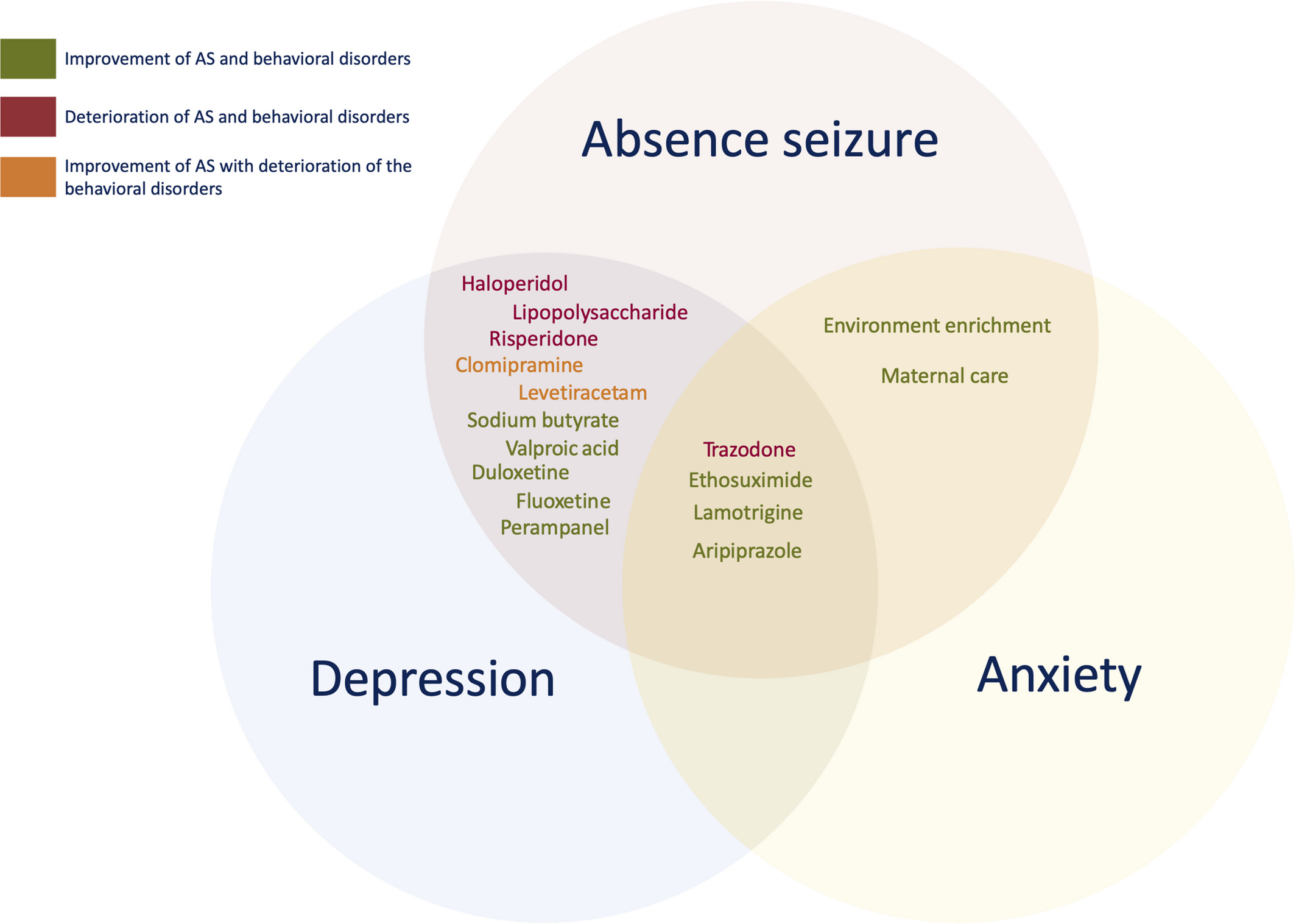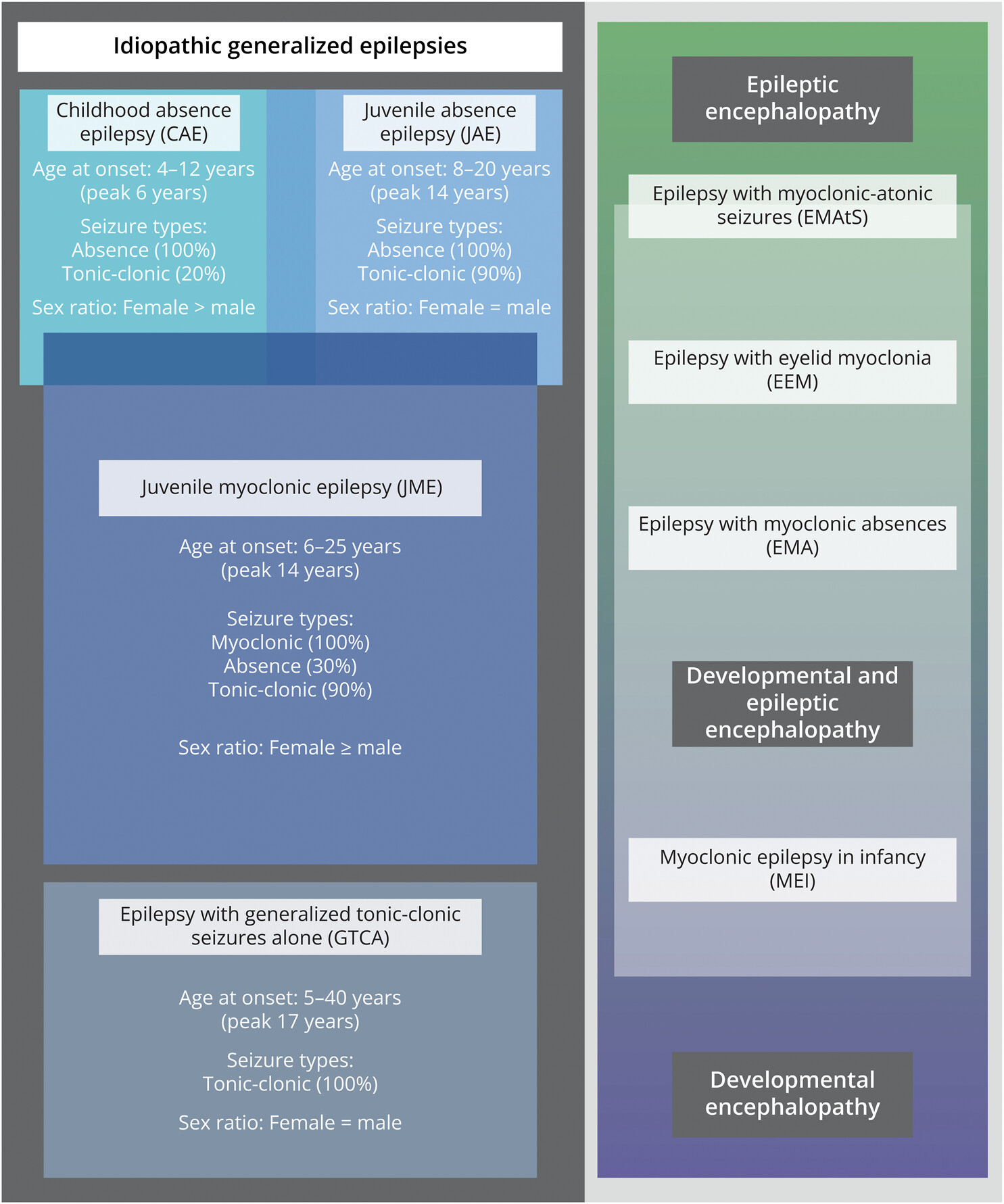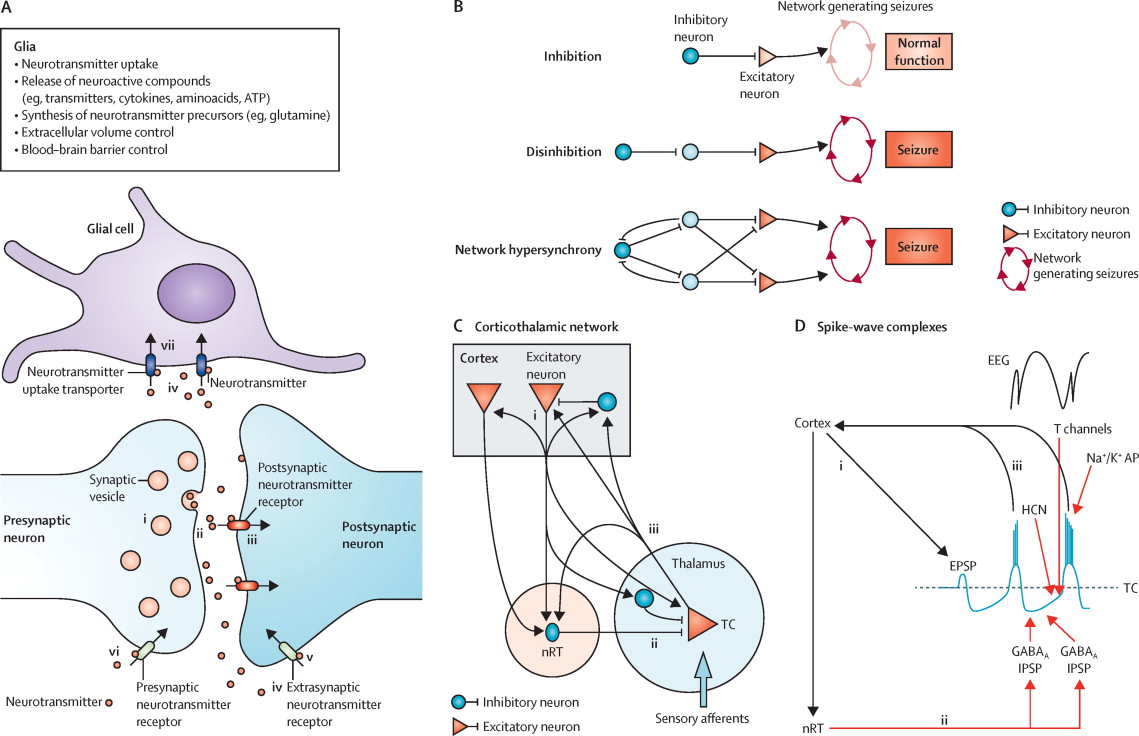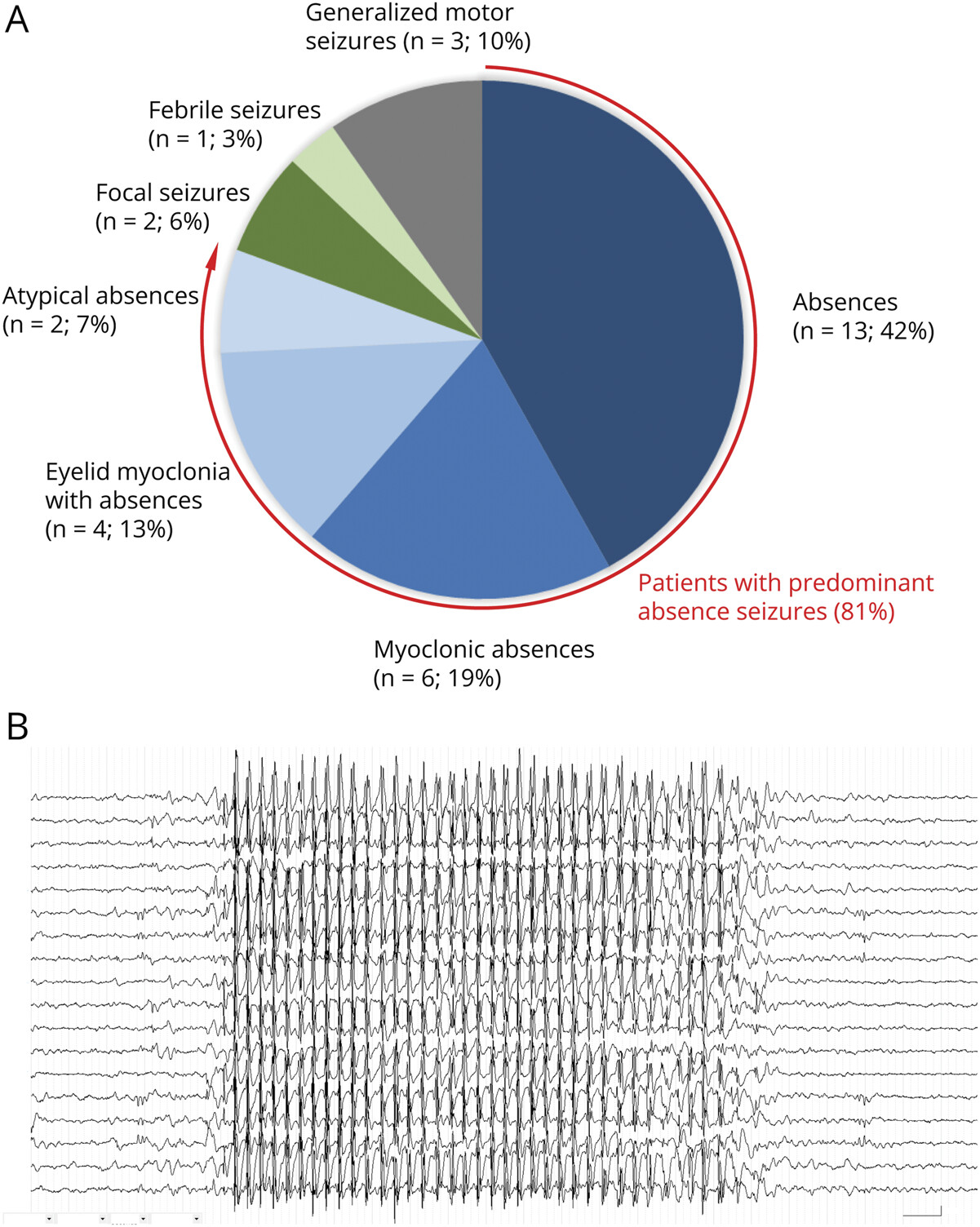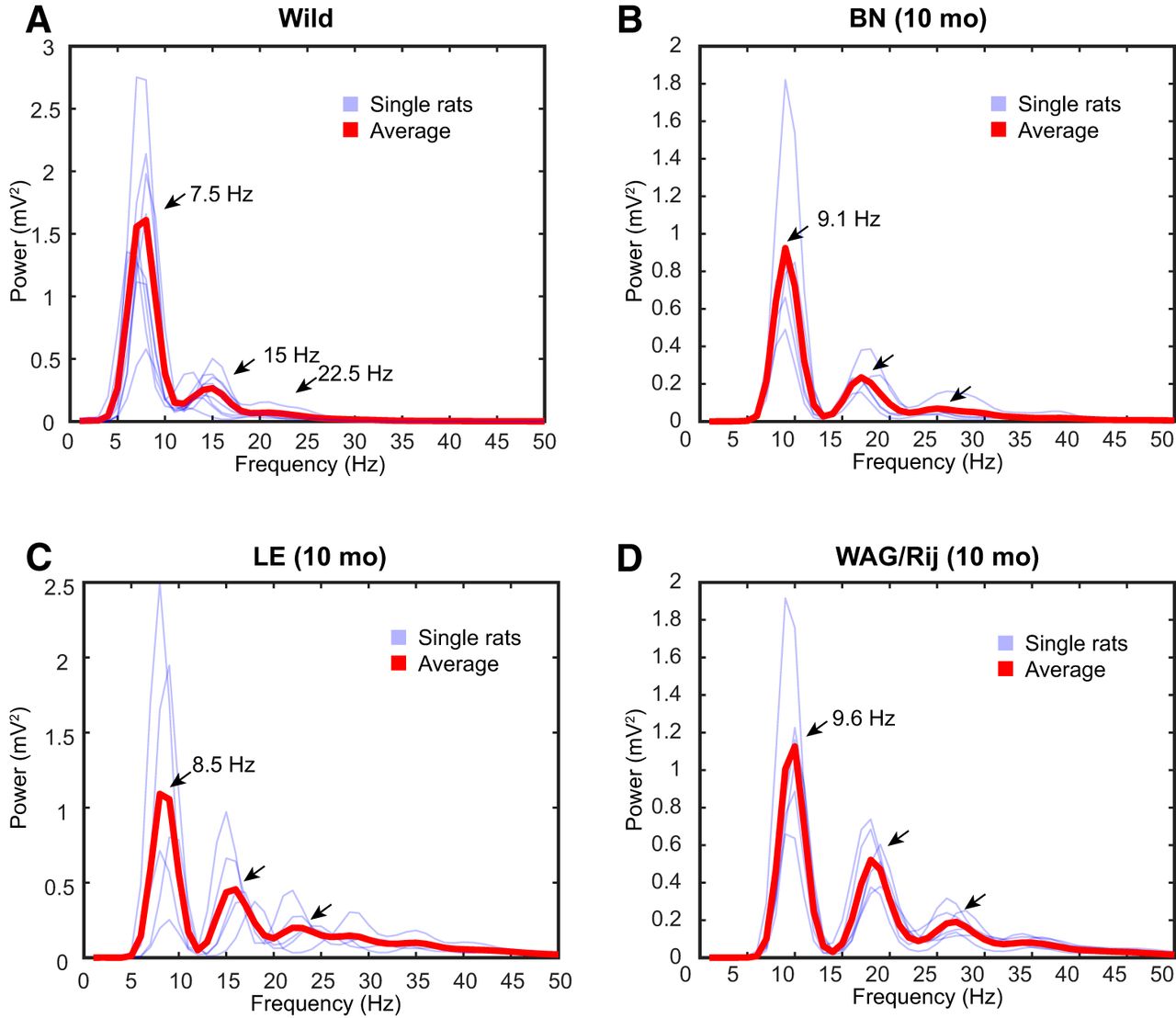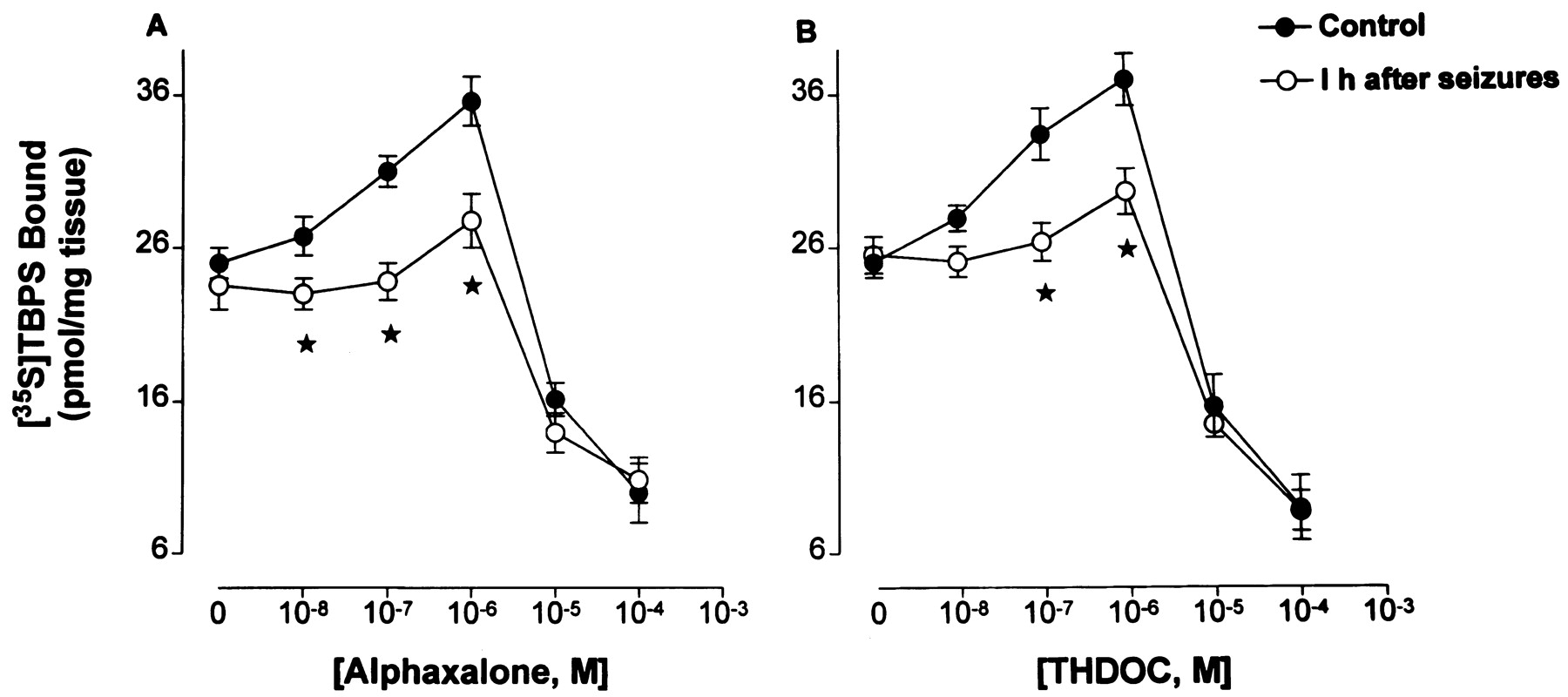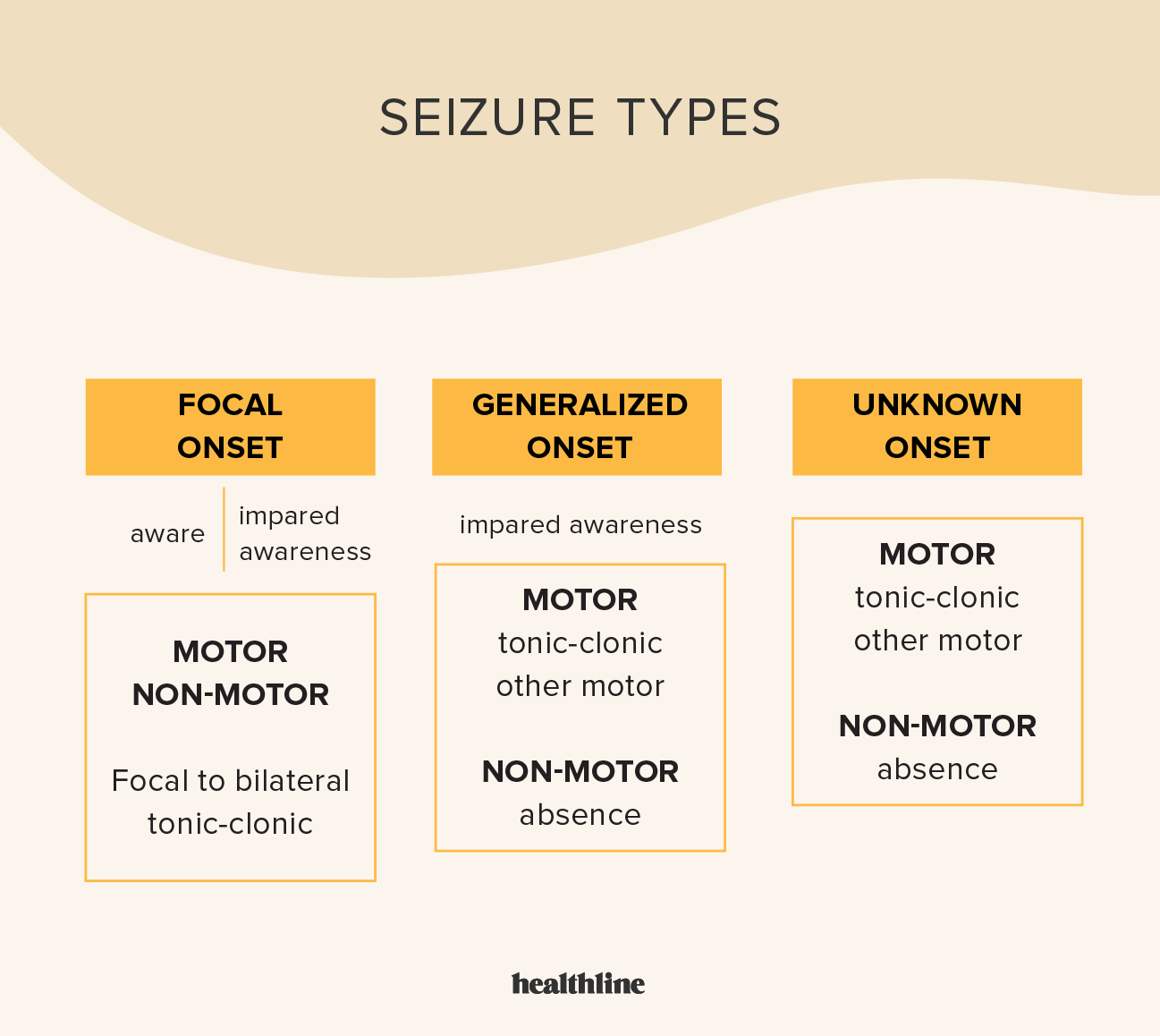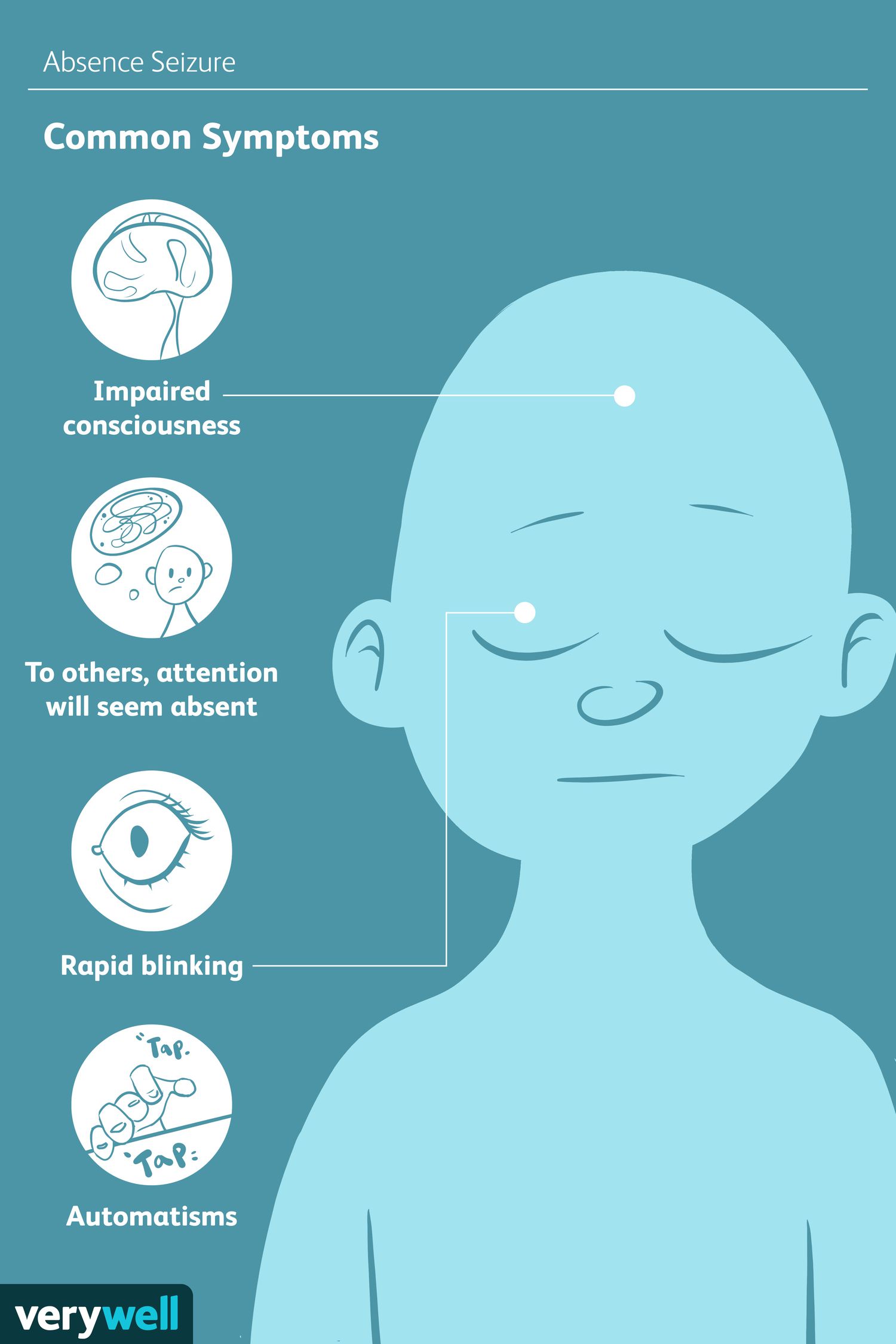
Key facts
- Absence seizures are a type of epilepsy seizure that affects both sides of the brain at the same time.
- An absence seizure causes the person to looks like they are daydreaming or not paying attention.
- Absence seizures can usually be prevented with medicines.
- Some children will grow out of absence seizures by their teens, and be able to stop taking medicines.
- It is important that if you are caring for a child who has had seizures that you are aware of seizure safety.
What is an absence seizure?
An absence seizure is a type of seizure that affects your whole brain at once. This type of seizure usually begins in childhood, but can also occur in adolescents and adults. Absence seizures start suddenly and cause you to stop what you are doing and stare into space. People may think you are daydreaming or not paying attention.
Absence seizures can happen many times a day but usually don’t last more than 20 seconds. They mostly affect children and young people and can cause problems with learning, so it’s important to get treatment.
Absence seizures used to be called ‘petit mal’ seizures. You may have heard them be referred to as silent seizures. They are a form of epilepsy, a condition that disrupts the electrical activity in the brain, causing the seizure.
What are the symptoms of an absence seizure?
In a typical absence seizure, you temporarily stop what you are doing and lose awareness.
Symptoms of a typical absence seizure include the following:
- You will stop what you’re doing and lose consciousness.
- You may stare vacantly, without any facial expression.
- You are likely to not respond, if someone tries to talk to you or get your attention.
- Your eyes may blink and you may have upward eye movements.
- You may show mouthing or chewing movements.
- Your hands may move slightly.
The seizure will usually last for 5 to 30 seconds, pass quickly, and start and end suddenly. After the seizure your awareness quickly returns to normal.
There are less common types of absence seizure with different symptoms:
- Atypical absence seizures — these can be more slow to start and stop, and may involve the person also slumping or falling.
- Myoclonic absence seizures — where the person rhythmically jerks their shoulders or arms or twitches their face.
- Absence seizures with eyelid myoclonia — where the eyelids jerk and the eyes roll upwards.
What happens in my brain during an absence seizure? How is an absence seizure diagnosed?
If you think you or your child could be having absence seizures, your doctor will ask questions and do an examination. A paediatrician (child specialist) or neurologist (brain and nerve specialist) will probably be involved in your care.
They will refer you for tests, including an electroencephalogram (EEG), to measure the electrical activity of your brain. There is a specific brain wave pattern that helps your doctors diagnose absence seizures. They may also refer you for a brain scan and blood tests.
If you live with someone who you think might be having seizures, it’s a good idea to try to video or record the absence seizure. Seeing exactly what happens during the seizure can help your doctor to make an accurate diagnosis.
How is an absence seizure treated?
Absence seizures can usually be prevented with medicines. Some children will outgrow absence seizures as teenagers, and no longer need medicines.
There are several different medicines used to treat seizures. To search medicines by active ingredient or brand name, use the healthdirect
Can I prevent seizures?
If you have been diagnosed with absence seizures, you can’t always prevent them from happening. You can, however, try to avoid things that can trigger your seizures. These are not specific to absence seizures and include:
- not taking medicines
- flashing lights
- being very tired
- being stressed
- not eating regular meals
- drinking alcohol or taking illegal drugs
Some people are able to control their seizures with the help of special diets. Ask your paediatrician or neurologist if there is a diet that might help your type of seizures.
If your child has absence seizures, you must always supervise them when they are swimming, in the bath or activity at a height. Your doctor will be able to give you more information about keeping your child safe.
When should I see my doctor?
See your doctor if you’re not sure if you or your child has had a seizure.
You should also visit the doctor if you or your child:
- has a seizure but has not had one before
- are having more seizures than normal
- continue having seizures while taking medicines for seizures
- are injured after having a seizure
Dial triple zero (000) and ask for an ambulance for your child if:
- you think it is the child’s first seizure
- the seizure lasts more than five minutes
- the child remains unconscious or has trouble breathing after the seizure

